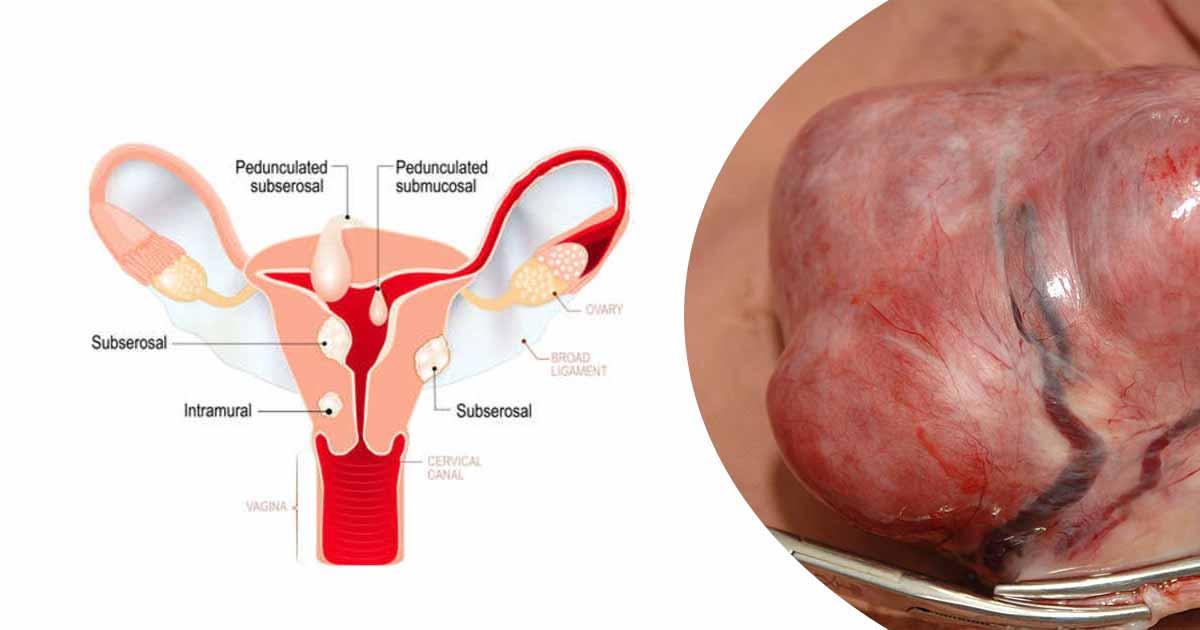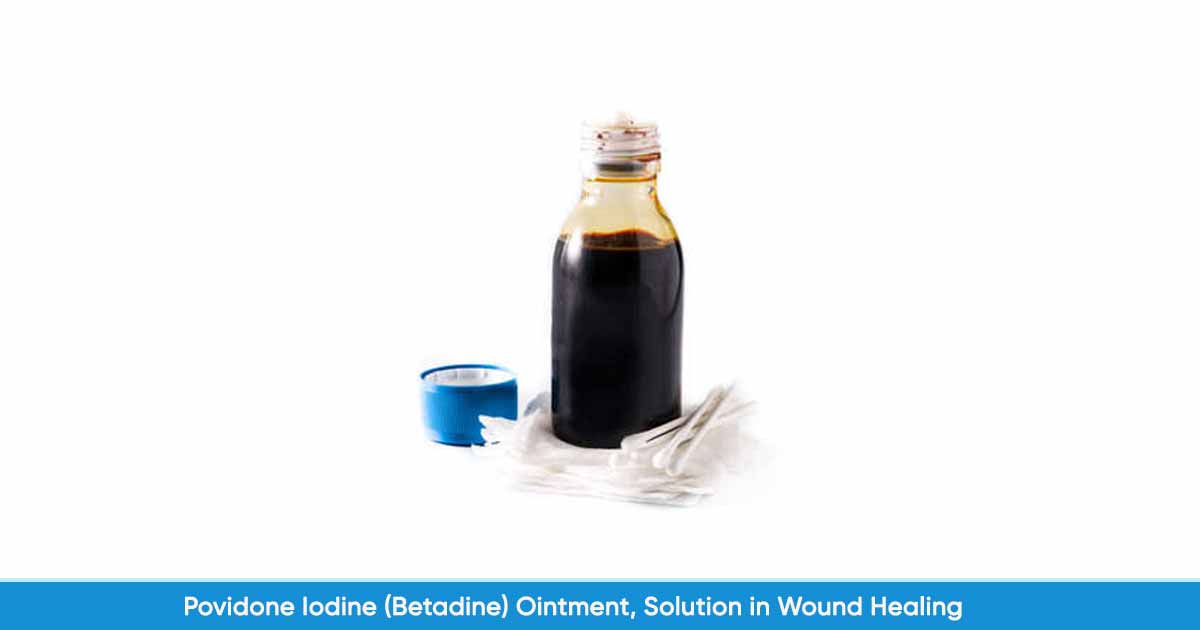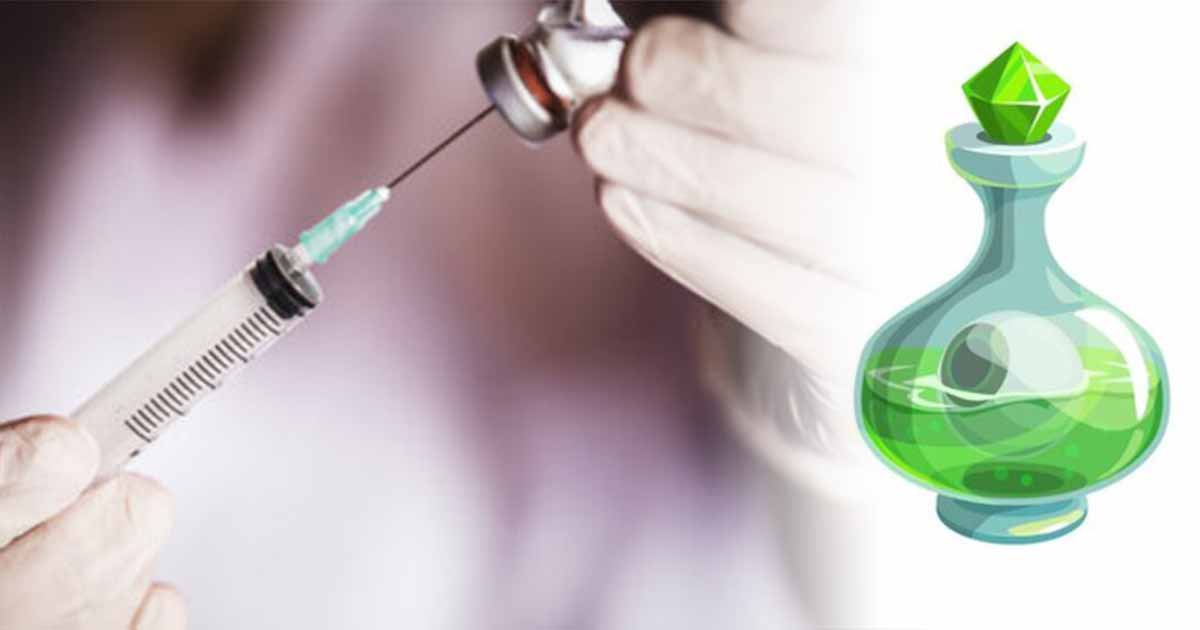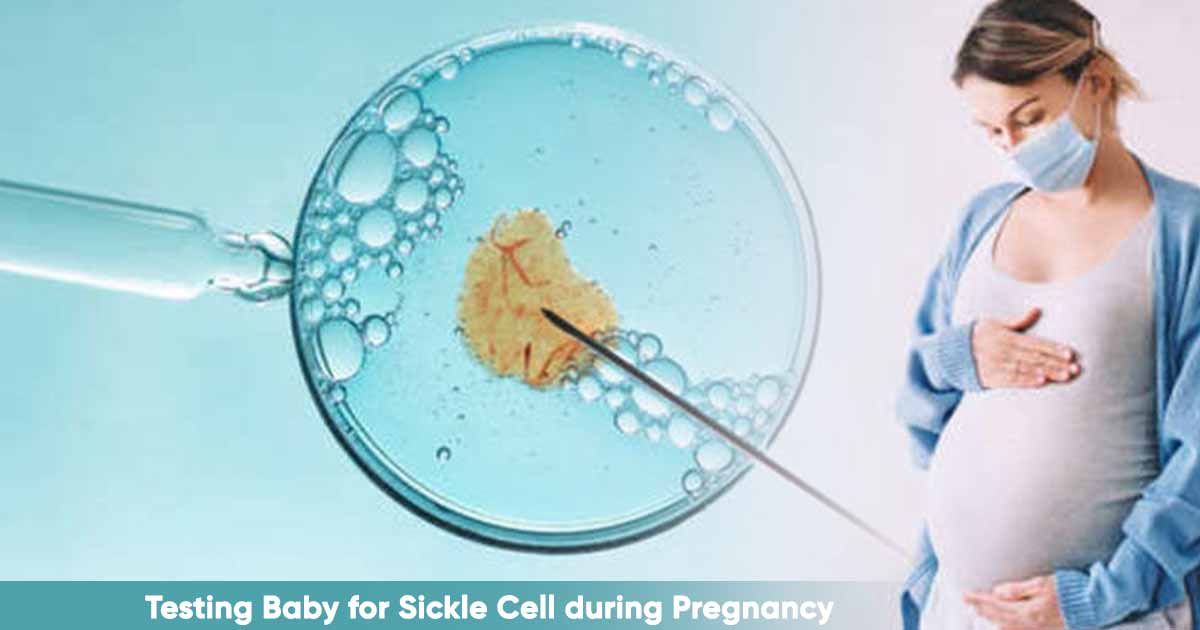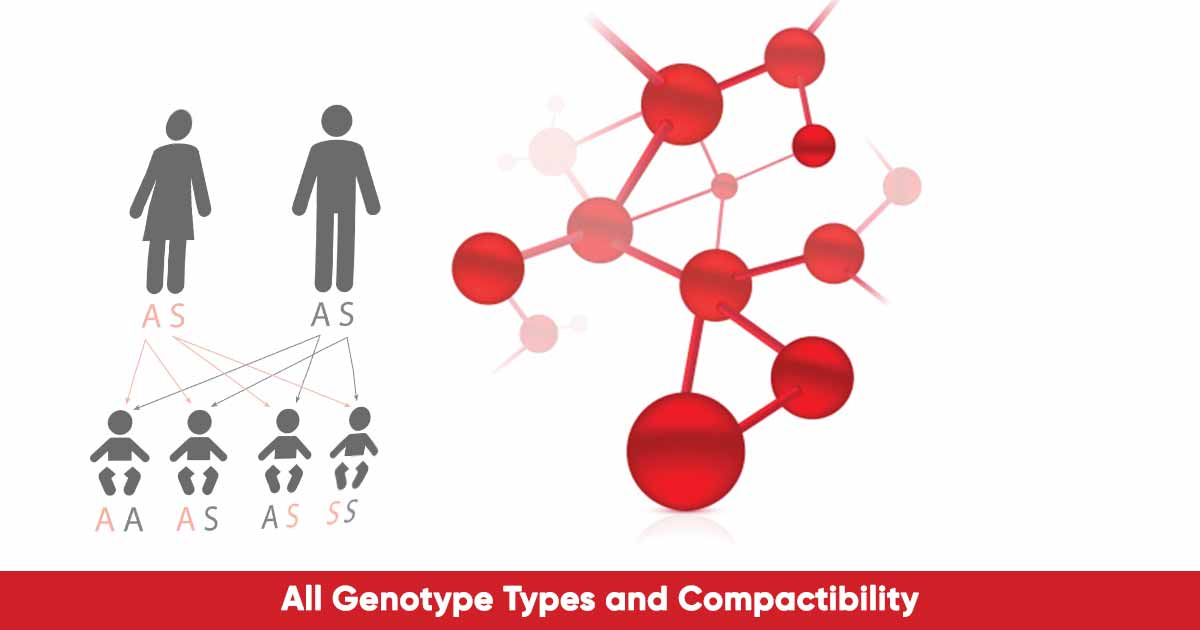Uterine Fibroids – Types, Symptoms, Risk Factors, Causes, Prevention, and Treatment
Fibroids affect only the female gender. It is called uterine fibroids because it grows in or on the uterus. Fibroids are the most common benign tumor among women, with 60% prevalence among women of reproductive age and 80% prevalence in the entire women population. Other names of fibroids include: What are Fibroids? Uterine fibroids are … Read more

